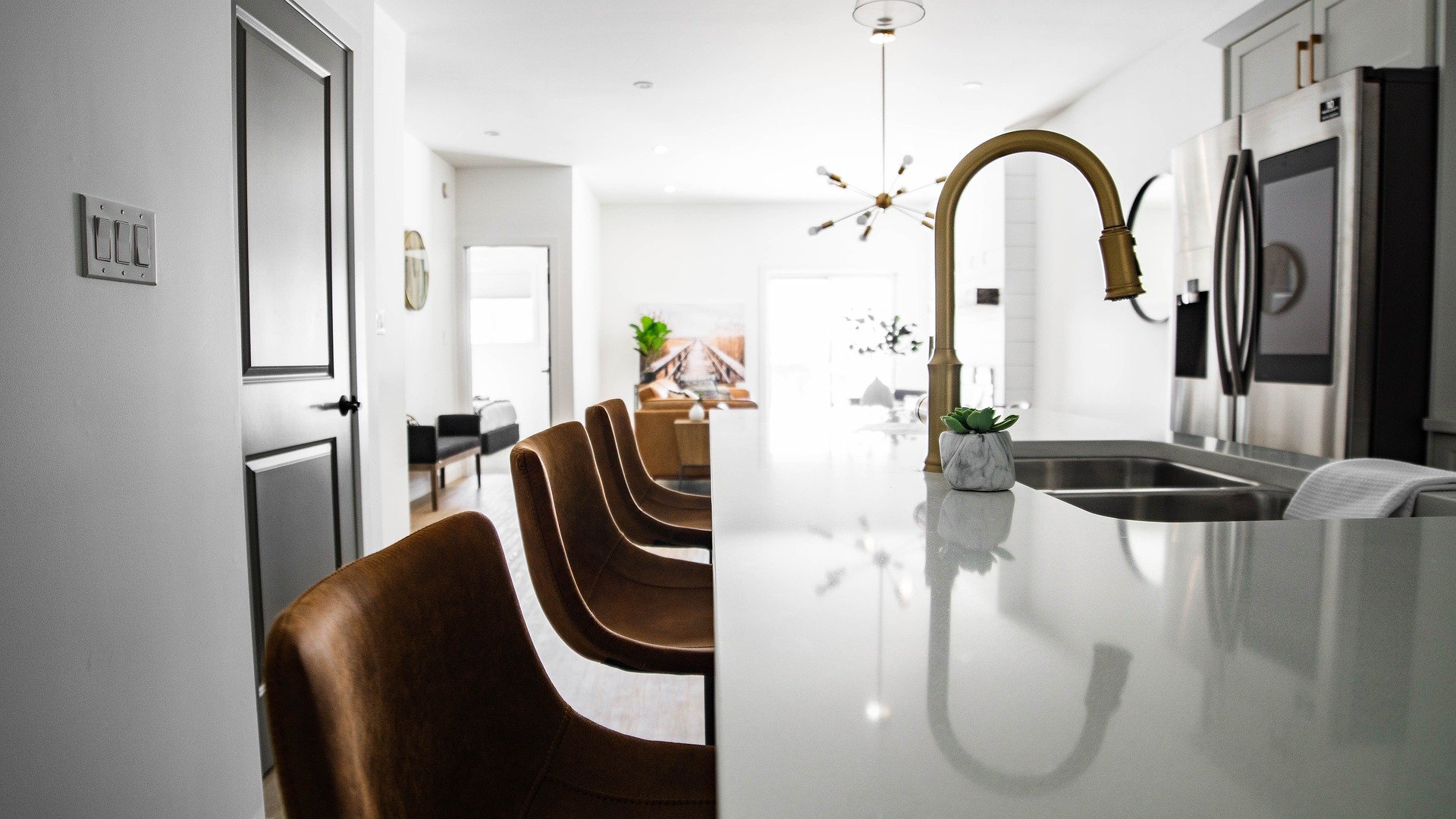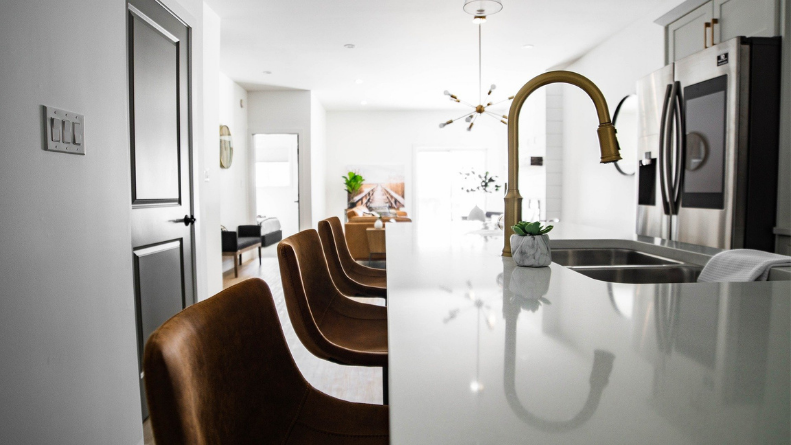Increase the value of your home
A continued goal for any homeowner is to increase the value of your home. But what is the best way to achieve this, and what if the most cost effective way? You may also ask if it wise to renovate before selling. To help answer these questions and achieve your future ideal home, weigh up and consider increasing the value of your current home with these tried and tested strategies.
Consider converting your cellar
Converting a cellar into a living space can increase a home’s worth by up to 25%.
It may be surprising, but converting your cellar is one of the easiest home modifications to do since it constitutes a ‘change of use’ for planning requirements. Consequently, planning permission is not required. For structural modifications, though, you’ll need to consult with your local planning officer for listed buildings.
Not having a cellar doesn’t necessarily mean you cannot consider this as an option for increasing your home’s value, but, understand that constructing a basement requires the expertise of professionals in excavation, structural engineering, and waterproofing. If you still want to consider it, get the appropriate team in place from the outset to avoid future difficulties and costs.
Turn a single house into flats
Flat conversions are common in hotspots like London, Manchester and Birmingham where flats are highly sought after and easy to rent. Hence, it is possible to optimise rental revenue in the near term, and profit long-term on the sale by dividing a property into different units.
Make sure there’s a market for apartments in your location before work commences. If, say, three-bedroom houses aren’t selling, but smaller apartments are, a conversion might be a viable alternative.
Turn your garage into a home office or living area
Converting a garage into a living area or office space is a logical option if you don’t have a car in it to increase the value of your home.
Make sure the garage can be converted, and check whether you require planning permission before starting. It’s common for most garage conversions to be approved development, so you won’t require planning permission, but be sure to check with your local planning authorities first.
In order to maintain structural soundness, garage conversions are always subject to building codes and regulations. You may either utilise the building control department of your local council or hire an independent inspector who will make numerous visits during the conversion process to ensure that critical aspects conform with requirements. This will include things such as the walls and drainage.
Kitchen Extension
In a standard terraced or semi-detached house, a side return is a shallow alley that runs alongside the kitchen. In addition to gaining significant space, extending your kitchen into the side return and the entire width of the remainder of your home may improve the design.

In most cases, a single-story side-return extension is considered a permissible development, as long as specific restrictions and requirements are met. This means it cannot be higher than four metres and broader than half the previous property.
You must adhere to the building rules. The local building department or an authorised independent inspector will check your work at crucial phases of construction. You’ll receive a completion certificate after your extension is complete and considered to conform with the rules.
Add a bedroom by converting your attic space
In particular, if it’s an attic conversion with an en-suite bathroom, an extra bedroom may increase the vale of a home by up to 15 per cent. To avoid any mishaps or disappointments, a professional architect or builder should be consulted before beginning any attic conversion project.
The sorts of conversions offered must be understood before you begin the planning process. Roof light conversions need the least amount of structural work and are thus the most cost-effective, while mansard conversions are more expensive. Roof slopes are replaced with a new structure that has steeper sides and a nearly flat roof.
The bulk of attic conversions do not require planning approval, save for those including mansards, which do require planning permission. In some cases, you’ll require planning approval if you wish to expand your roof area by more than 50m3 (40m3 for terraced housing).
Conservatories are a great way to increase living space
A conservatory is a great way to enjoy the natural world and increase the value of your home. Decide if a traditional or contemporary design is most suited for your house and lifestyle before you begin.
Glass will make up the largest portion of your conservatory, so be sure to consider all of your alternatives. Even though double-glazing is the lowest level allowed by building codes, there are a variety of glazing alternatives available, including solar control and self-cleaning glass. Of course, cost will also be a major factor.
There are additional frame selections to consider. The material you pick will have a significant impact on the performance and longevity of your conservatory. Look at what’s available on the market and seek professional opinions. Consider asking others about their choices, and the pros and cons of what they bought.
Conservatories are deemed a permissible development as long as they meet certain restrictions and requirements. However, remember that building regulations are a distinct issue and must be addressed. Although a majority of conservatories are exempt, you may be required to submit an application in certain instances. A conservatory’s energy efficiency must be shown, for example, if you plan on removing its doors or walls from the home.
ARE YOU READY TO START INVESTING?
Subscribe to our mailing list now for exclusive deals, investment guides and the latest information from the property market.







